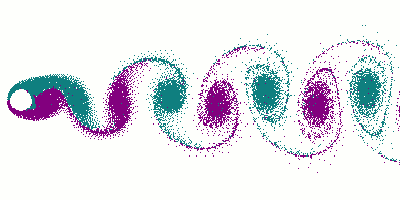Wind Tunnel Testing
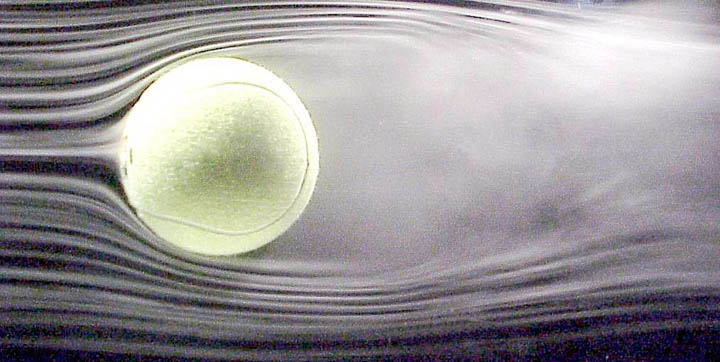
What do wind tunnels do?
- How air flows around (or through) an object
- Calculate drag and lift
- Record velocity, temperature and pressure on object
How do wind tunnels work?
- Move air past the object rather than the other way around
- Consistent air flow
- Make measurements
Open loop wind tunnels
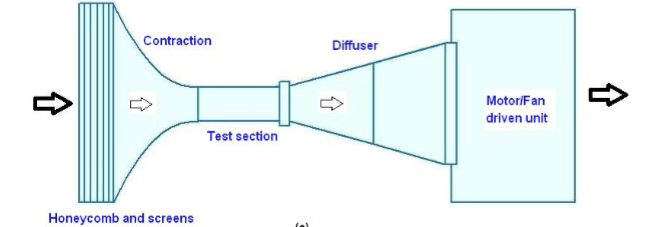
Closed loop wind tunnels
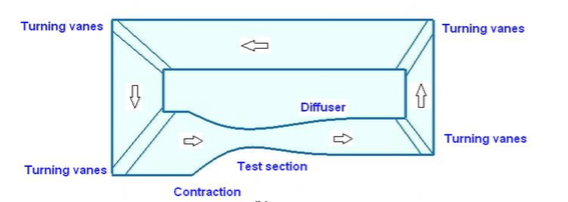
History
- Benjamin Robbins (1746): Horizontal arm on vertical pole (Drag)
- Frank Wenham (1871): 3.7m by 46cm (64 kph)
- Wright Brothers (1901): 40.6 cm width
- Ames test facility (1921): 430m long, 24m by 37m wide.
Benjamin Robbins: Whirling arm
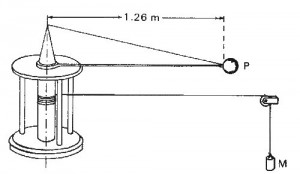
Wright Brothers:
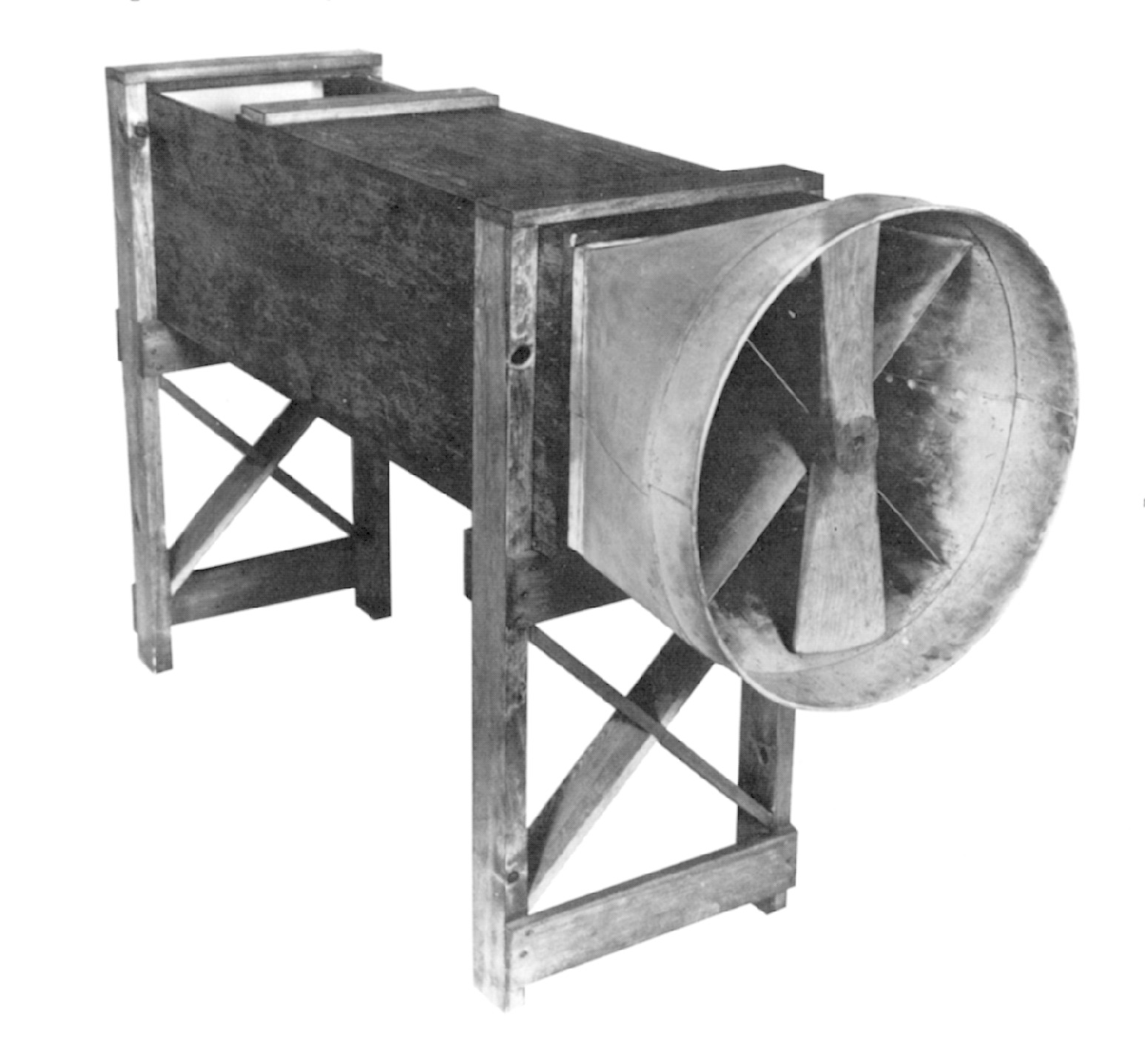
Ames Wind Tunnel:
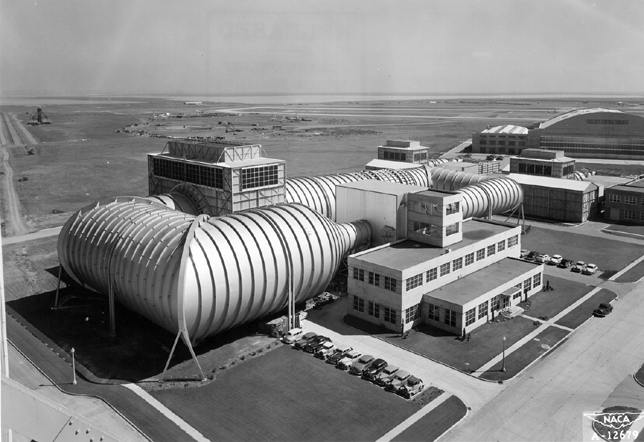
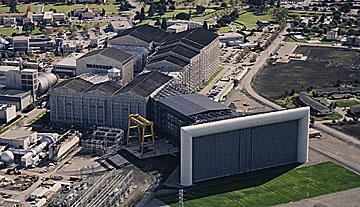

Size matters!
- Viscosity (stickiness)
- Compressibility (bounciness)
link
Wind tunnel measurements:
- Flow visualisation: Smoke, string, laser anemometers
- Pressure: Pitot tubes
- Temperature: Thermometers
Smoke
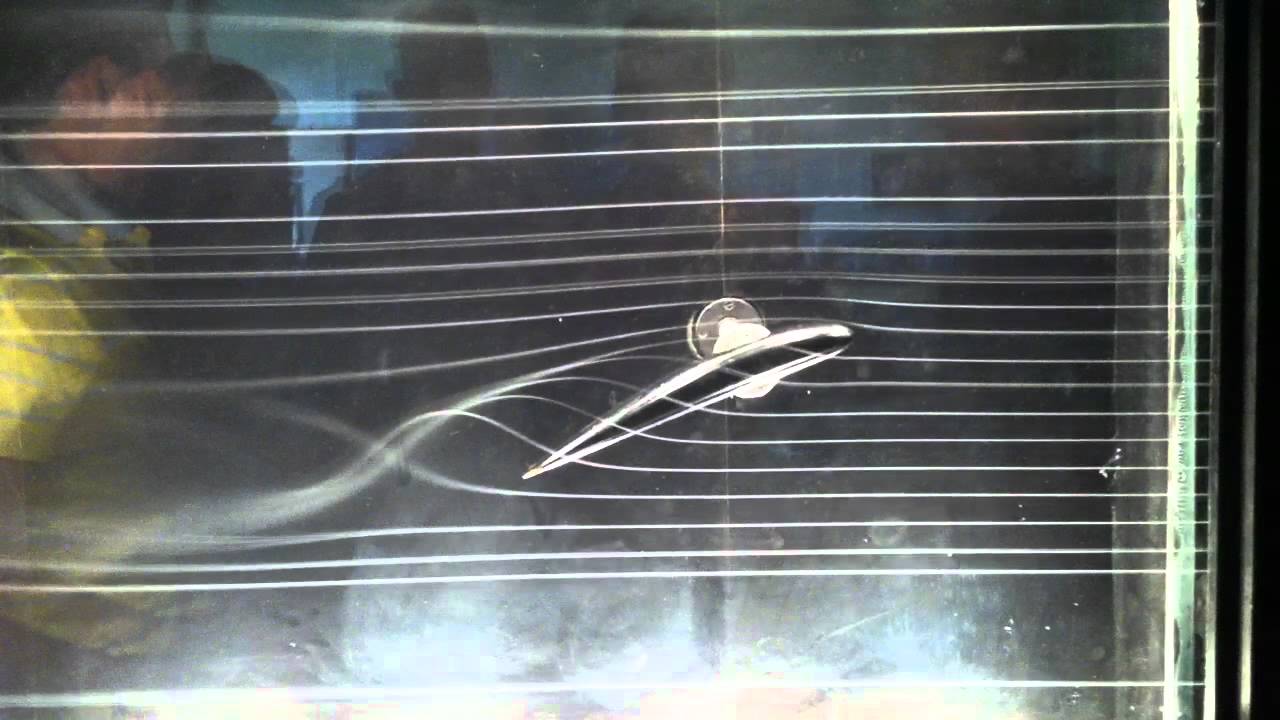
String
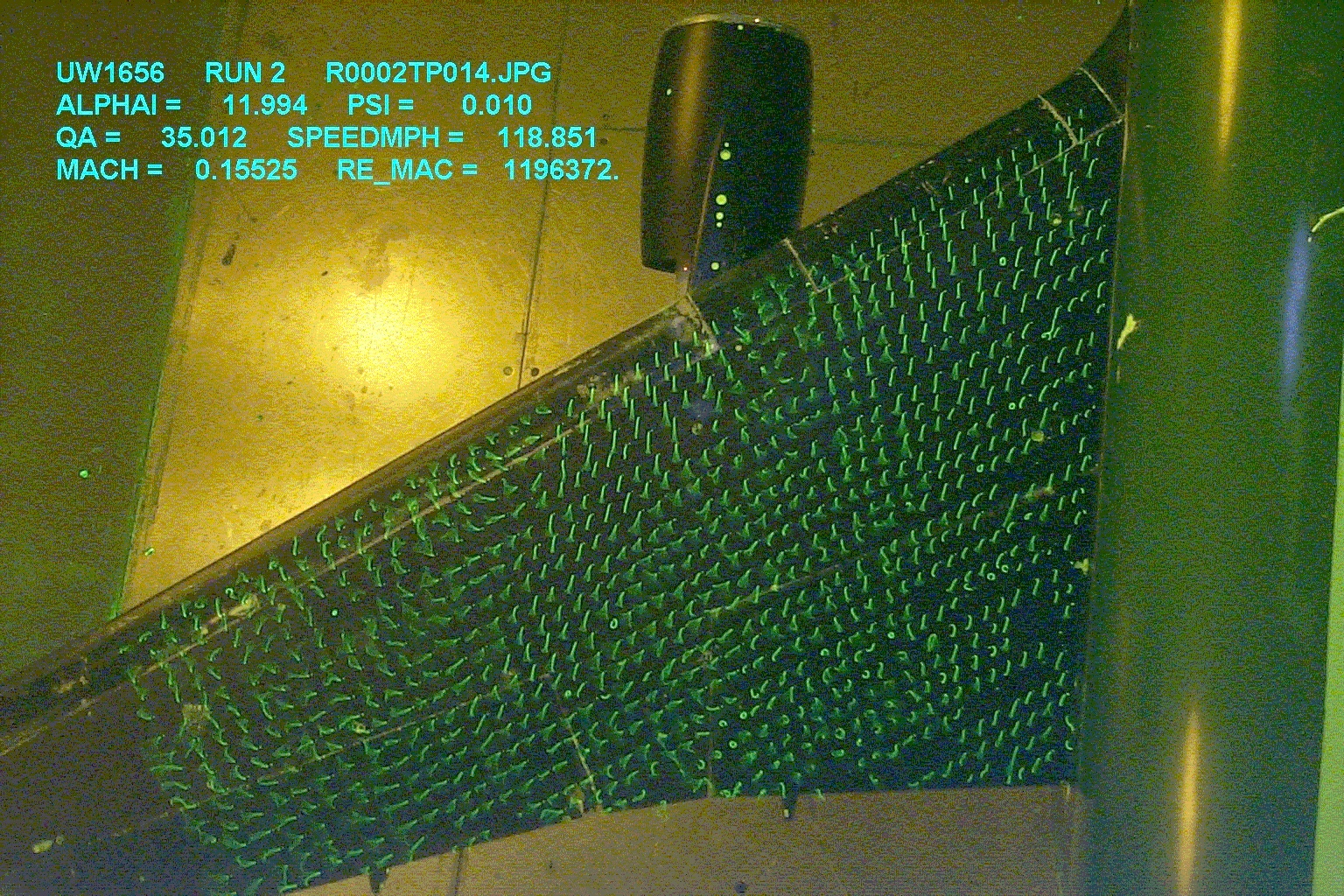
Laser Anemometer
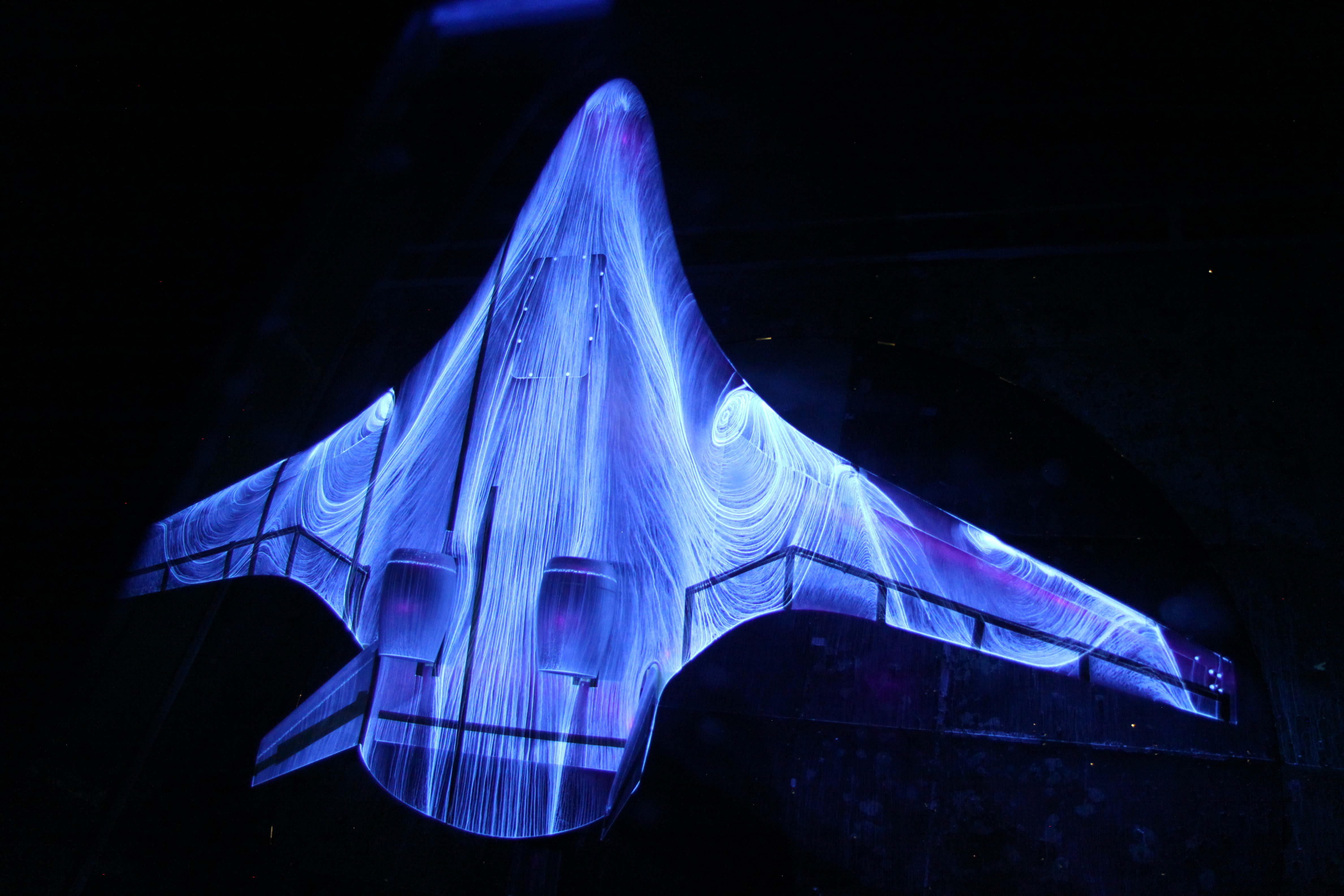
Pitot Tubes

Lift vs Drag:
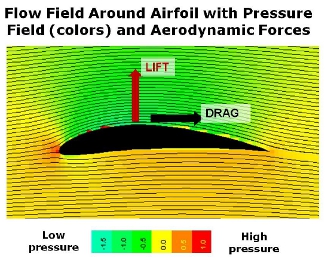
Best Lift Maximisation

Best Drag Minimisation
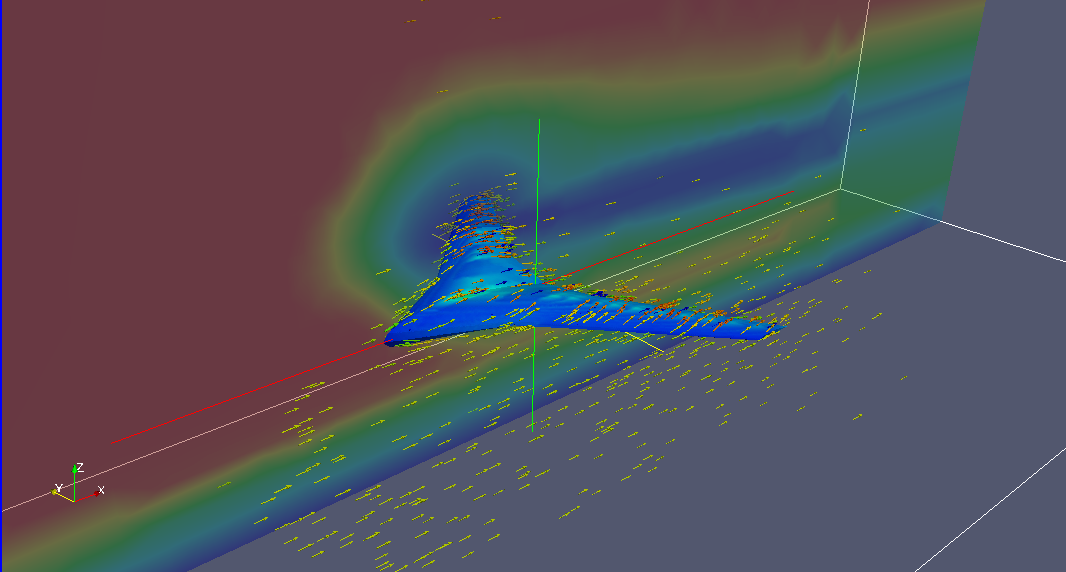
Laminar vs turbulent flow:

Laminar flow:
- Streamline flow
- No disruption between layers
- Well understood
Turbulence:
- Turbulent flow contains eddies (vortices) and small packets
- Lateral mixing
- Chaotic (Butterfly effect, not random)
Computer Modelling:
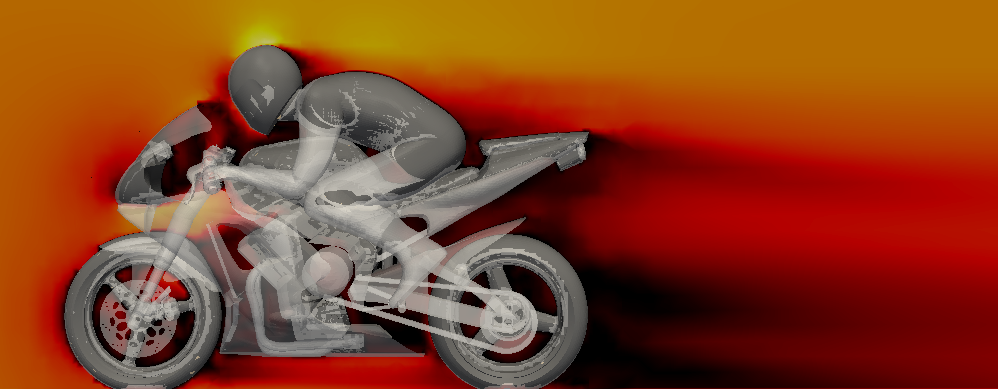
Computational Fluid Dynamics:
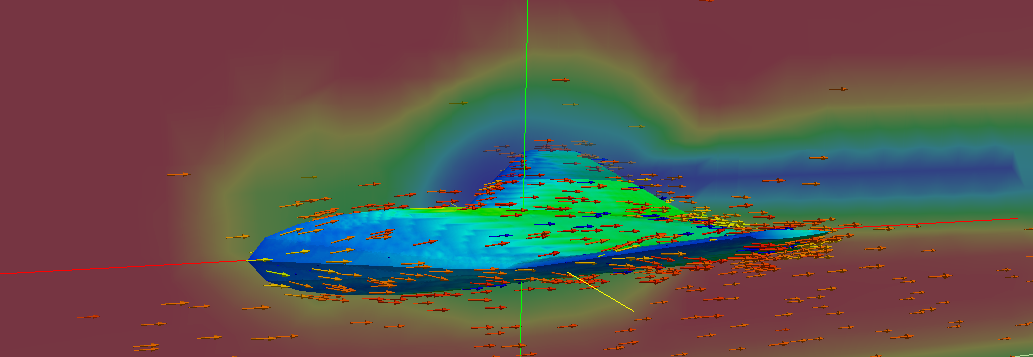
Vortices:
